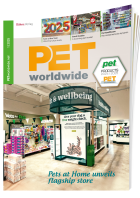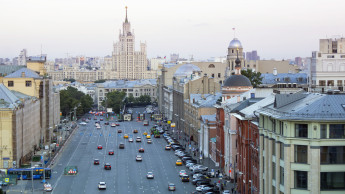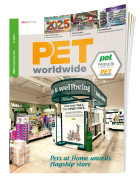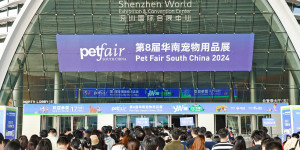A recent survey by Sainsbury's Bank indicated that cat owners in the UK spend £ 475.70 (€ 684.60) per year, while dog owners spend as much as £ 981.31 (€ 1 412.38). Pet food, including treats, and grooming products account for most of this expenditure. The growing population figures and the high level of per capita expenditure cannot conceal the fact, however, that lately there have only been comparatively few new recruits to the ranks of pet owners.
In a breakdown of the overall market in 2004 according to Euromonitor, pet food accounted for £ 1 772 mio (€ 2 550 mio), while £ 435 mio (€ 626 mio) was spent on accessories and grooming products. Compared with the previous year, sales of dog food increased by 2 per cent in 2004, while sales of cat food increased by 5 per cent. Sales of accessories also rose by 5 per cent compared with 2003, with toys and transport boxes achieving high growth rates. In the pet food segment, a marked trend towards premium and super-premium products was discernible. Sales of super-premium dry food for dogs increased in 2004 by 11 per cent to £ 53 mio (€ 76.2 mio), and sales of the same type of food for cats rose by as much as 22 per cent to £ 47 mio (€ 67.6 mio). This development is due to the fact that animals are regarded increasingly as part of the family in the UK and are treated accordingly. Similarly high growth rates are currently being achieved with treat products. Even though it is a rather small segment, the sales volume of dog treats grew by 12 per cent in 2004 to £ 177 mio (€ 228 mio). Cat treats generated sales of £ 44 mio (€ 63 mio) in the same year.
In the moist food sector, the drastic market shifts of previous years have contin-ued, with canned products being the main losers. Sales of tinned dog and cat food declined by 8 and 11 per cent respectively in 2003. The losses were offset in part by the growing popularity of pouch formats in the pet food segment…

 Menü
Menü






 9-10/2005
9-10/2005











 Newsletter
Newsletter